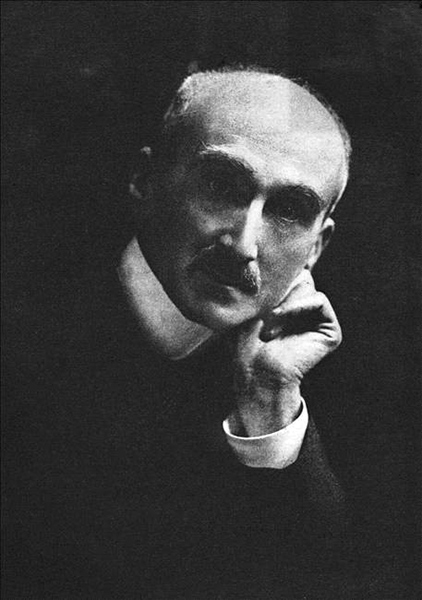Picasso and Bergson, from Knowledge to Experience.
By Mariana Burnel
Summary
- >> The meeting with the Bergsonism
- >> Picasso's interest in Bergsonism ? the influence of Max Jacob
- >> A more spiritual stage of creative production for Picasso
- >> The vital impulse generating a plural image such as that of cubism
- >> Picasso's approach could be likened to an archeological approach.
- >> Gertrude Stein and the pragmatism of William James
- >> Gertrude Stein and the Bergsonism “to let ourselves live.”
- >> Literary Techniques and Cubist Analytical Art
- >> Picasso : the alliance of temporality with spatiality
- >> The analytical portraits
- >> The propitious atmosphere of the Bateau lavoir
- >> "The intuitionism of Picasso": The damsels of Avignon
- >> A rich, well-stocked memory is an ensemble of dynamic associations for Picasso.
- >> Search the inner soul of the object
- >> The inverted cone, the place of memory-consciousness

Within the cubism of the years 1909-1912, Picasso adopted a “dark”, hermetic style in his works. These attest to his meeting with the artists and writers from intellectual circles, and particularly that of philosophical thought. Successively inspiring and inspired by cubism, Max Jacob, Gertrude Stein, Apollinaire, Alfred Jarry, and the writers associated with the journals La Voce and Leonardo (Ardengo Soffici, Giovanni Papini, and Giuseppe Prampolini) each played a determining role in the configuration of Picasso's new style. It was through these gatherings that the artist encountered Henri Bergson, the philosopher of duration.
In the Margins of a Thesis: Picasso and Bergson, a Historiographic Digression and an Analysis of Picasso's Analytical Cubism (1909-1912). From Knowledge to Experience.
